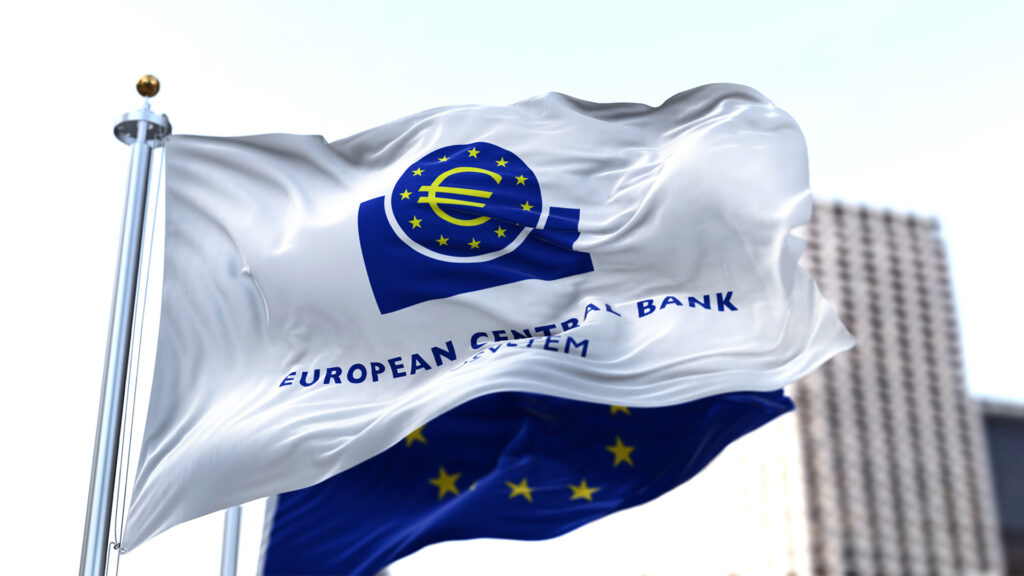The chances rose Tuesday that the European Central Bank will be the first major central bank to cut interest rates, as early as June. This comes after euro area inflation remained unchanged in April at 2.4% (according to the first estimate), and the area returned to economic growth in the three months to March.
Headline inflation of 2.4% was in line with economists’ forecasts, while on a monthly basis, inflation was 0.6%. It marks the seventh straight month the headline rate has been below 3%, a significant contrast to the US where inflation stubbornly remains well above 3% and is, if anything, edging higher.
Core inflation, excluding energy, food, alcohol, and tobacco, dipped to 2.7% from 2.9% in March. The impact of a lower year-on-year energy price continued to moderate, coming in at -0.6% versus -1.8% in March. Price increases in services, a key factor for any decision from the European Central Bank, cooled to 3.7% from 4%.
The significant difference with the US lies in the pace of economic growth. While US GDP might have slowed to an annual 1.6% in the first quarter from 3.4% in the final quarter of 2023, it remains much stronger than the weak eurozone, even as growth there perks up.
Data released Tuesday also showed GDP up 0.3% in the three months to March, slightly ahead of consensus expectations. However, GDP for the fourth quarter of 2023 was revised from no growth to a 0.1% contraction, a stark contrast to America’s robust growth, meaning that the eurozone was in a technical recession in the second half of last year.
Economists say the data adds impetus to the market belief that the ECB will cut rates at its next monetary policy meeting on June 6. Money market pricing currently indicates a nearly 70% probability of a June trim. If that happens, the markets believe there won’t be another cut for some time, even if the reality is that the eurozone needs a rate cut more than the US economy does.

